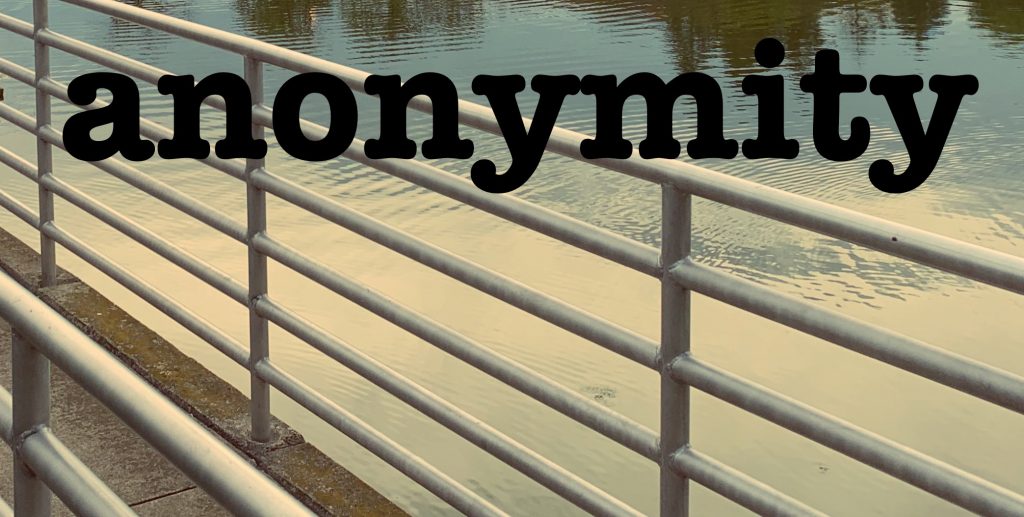Serial copyright plaintiff Strike 3 Holdings filed a number of copyright complaints against defendants – known only by their IP addresses – for copyright infringement. Since plaintiff needed to know the identities of the defendants to move forward, it asked the court for leave to seek expedited discovery. In a consolidated matter – addressing a number of complaints – the court denied the motion.

The main reason for denying the motion was that, in the court’s view, as pleaded, plaintiff’s complaints were futile – they did not meet the standard for a motion to dismiss under Rule 12(b)(6).
Further, even if plaintiff had pled a cognizable copyright infringement claim, the court would still have denied the requests for expedited discovery. Good cause for the expedited discovery did not exist because:
- plaintiff based its complaints on unequivocal affirmative representations of alleged facts that it did not know to be true
- plaintiff’s subpoenas were misleading and created too great of an opportunity for misidentification of the unknown defendants
- the linchpin of plaintiff’s good cause argument, that expedited discovery was the only way to stop infringement of its works, was wrong – plaintiff could have sent takedown notices under the Digital Millennium Copyright Act
- plaintiff had other available means to stop infringement besides suing individual subscribers in thousands of John Doe complaints
- the deterrent effect of plaintiff’s lawsuits was questionable
- substantial prejudice may have inured to subscribers who were misidentified; and
- plaintiff underestimated the substantial interest subscribers had in the constitutionally protected privacy of their subscription information.
On balance, therefore, the court found that the overall administration of justice and the prejudice to subscriber defendants outweighed plaintiff’s interest in expedited discovery.
Strike 3 Holdings, LLC v. Does, 2019 WL 5446239 (D.N.J. October 24, 2019)

